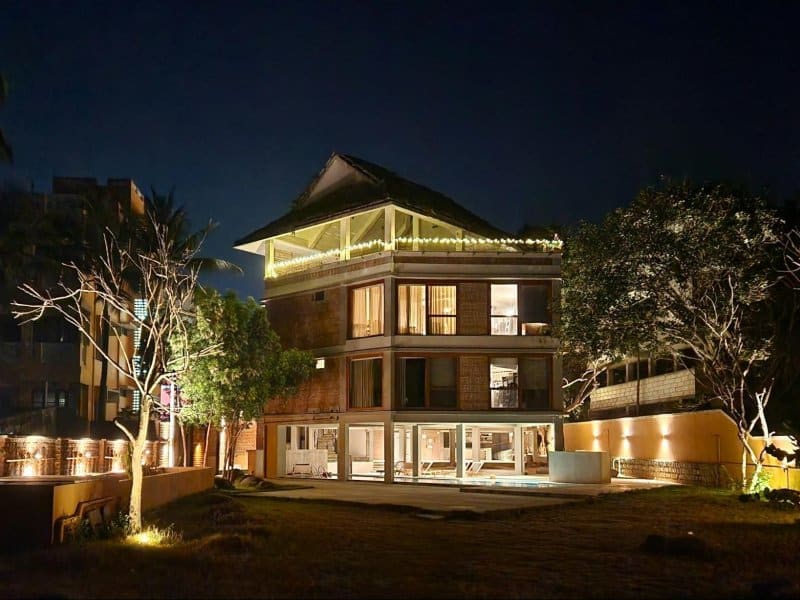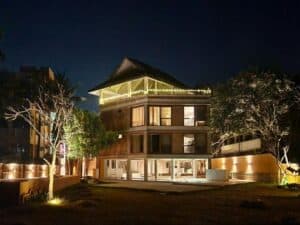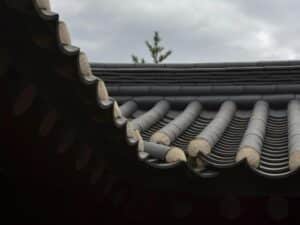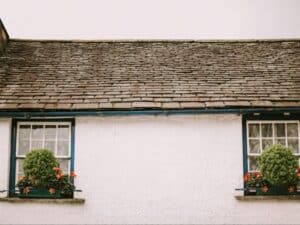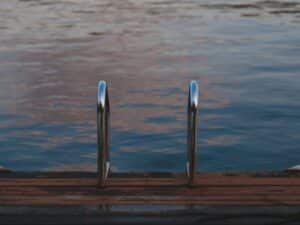Landscape lighting is an essential aspect of outdoor design, providing both aesthetic appeal and functional illumination for your property. Whether you’re lighting a garden path, highlighting architectural features, or creating ambiance for outdoor gatherings, selecting the right fixtures is crucial. This guide will help you understand the various types of landscape lighting fixtures, their uses, and how to choose the best ones for your needs.
Types of Landscape Lighting Fixtures
1. Path Lights
Path lights are small posts with a light at the top, designed to line walkways, driveways, and garden paths. They provide low-level illumination, ensuring safety and guiding visitors while enhancing the beauty of your landscape.
Benefits:
- Enhances safety by illuminating walkways
- Adds aesthetic appeal with various designs and finishes
- Easy to install and maintain
Considerations:
- Choose fixtures with a durable finish to withstand weather conditions.
- Opt for LED bulbs for energy efficiency and longevity.
- Ensure the height of the path light provides adequate illumination without causing glare.
2. Spotlights
Spotlights, also known as uplights or directional lights, are used to highlight specific features in your landscape, such as trees, statues, or architectural elements. They produce a narrow, focused beam of light, drawing attention to the illuminated object.
Benefits:
- Creates dramatic effects by highlighting focal points
- Versatile with adjustable angles and beam widths
- Available in various wattages and intensities
Considerations:
- Use in moderation to avoid overwhelming the landscape with too many focal points.
- Consider the color temperature of the bulbs to match the mood you want to create.
- Ensure the fixtures are weather-resistant and well-camouflaged during the day.
3. Flood Lights
Flood lights provide broad, intense illumination, ideal for lighting up large areas such as driveways, patios, and gardens. They are also useful for security purposes, deterring intruders with their bright light.
Benefits:
- Provides ample light for large areas
- Enhances security by illuminating dark spaces
- Durable and weather-resistant designs
Considerations:
- Position flood lights to avoid light spillage into unwanted areas.
- Choose fixtures with motion sensors or timers for added security and energy efficiency.
- Ensure the light intensity is appropriate for the area to avoid blinding glare.
4. Deck Lights
Deck lights are small fixtures mounted on deck posts, stairs, or railings to provide subtle illumination for outdoor living spaces. They enhance safety and create a cozy ambiance for evening gatherings.
Benefits:
- Improves safety on decks and stairs
- Adds a warm, inviting glow to outdoor spaces
- Available in various styles to match deck design
Considerations:
- Ensure fixtures are designed for outdoor use and can withstand moisture and weather changes.
- Opt for low-voltage or solar-powered options for energy efficiency.
- Position lights to avoid tripping hazards and ensure even illumination.
5. Well Lights
Well lights are installed flush with the ground, providing uplighting without visible fixtures. They are ideal for illuminating trees, shrubs, and architectural features without disrupting the landscape’s aesthetics.
Benefits:
- Discreet, low-profile design
- Ideal for highlighting landscape features
- Durable and weather-resistant
Considerations:
- Ensure proper drainage to prevent water accumulation around the fixture.
- Choose fixtures with adjustable beam angles for versatile lighting effects.
- Opt for LED bulbs to reduce maintenance and energy costs.
6. Hardscape Lights
Hardscape lights are integrated into masonry, stone, or concrete features, such as retaining walls, steps, and patios. They provide subtle, indirect lighting that enhances the beauty and functionality of hardscape elements.
Benefits:
- Seamlessly integrates into hardscape features
- Provides subtle, indirect illumination
- Enhances safety and aesthetics
Considerations:
- Plan lighting placement during hardscape construction for seamless integration.
- Choose fixtures with a durable, weather-resistant finish.
- Opt for low-voltage or LED options for energy efficiency and longevity.
Factors to Consider When Choosing Landscape Lighting Fixtures
Before installing your landscape lighting, there are several factors that should be considered. Our friends at Xcellent Xteriors have provided us with these factors.
1. Purpose and Function
Determine the primary purpose of your landscape lighting. Are you looking to enhance security, improve safety, or create ambiance? Identifying your goals will help you choose the right fixtures and placement.
2. Lighting Design and Layout
Consider the overall design and layout of your landscape. Plan the placement of fixtures to create a balanced, cohesive look. Use a mix of different lighting types to achieve depth and dimension.
3. Fixture Durability
Choose fixtures made from durable materials such as brass, copper, or stainless steel. Ensure they are weather-resistant and can withstand the elements in your area.
4. Energy Efficiency
Opt for energy-efficient lighting solutions, such as LED bulbs or solar-powered fixtures. They offer long-term savings on energy bills and require less maintenance.
5. Color Temperature
Select the appropriate color temperature for your lighting needs. Warm white light (2700K-3000K) creates a cozy, inviting atmosphere, while cool white light (4000K-5000K) provides a bright, crisp illumination.
6. Control Options
Consider fixtures with built-in timers, motion sensors, or smart controls. These features enhance convenience, security, and energy efficiency.
Installation and Maintenance Tips
1. Professional Installation
For complex lighting designs or electrical work, consider hiring a professional landscape lighting installer. They can ensure proper placement, wiring, and safety.
2. Regular Maintenance
Perform regular maintenance to keep your landscape lighting in top condition. Clean fixtures, replace bulbs, and check for any damage or wear.
3. Adjustments and Upgrades
Periodically assess your lighting needs and make adjustments or upgrades as necessary. As your landscape evolves, your lighting should adapt to new features and layouts.
Conclusion
Choosing the right fixtures for your landscape lighting needs involves careful consideration of various factors, including the type of fixtures, their purpose, durability, and energy efficiency. By understanding the different types of landscape lighting fixtures and their applications, you can create a beautiful, functional, and safe outdoor environment. Whether you’re lighting a garden path, highlighting architectural features, or creating ambiance for outdoor gatherings, the right fixtures will enhance your landscape and provide lasting enjoyment.

